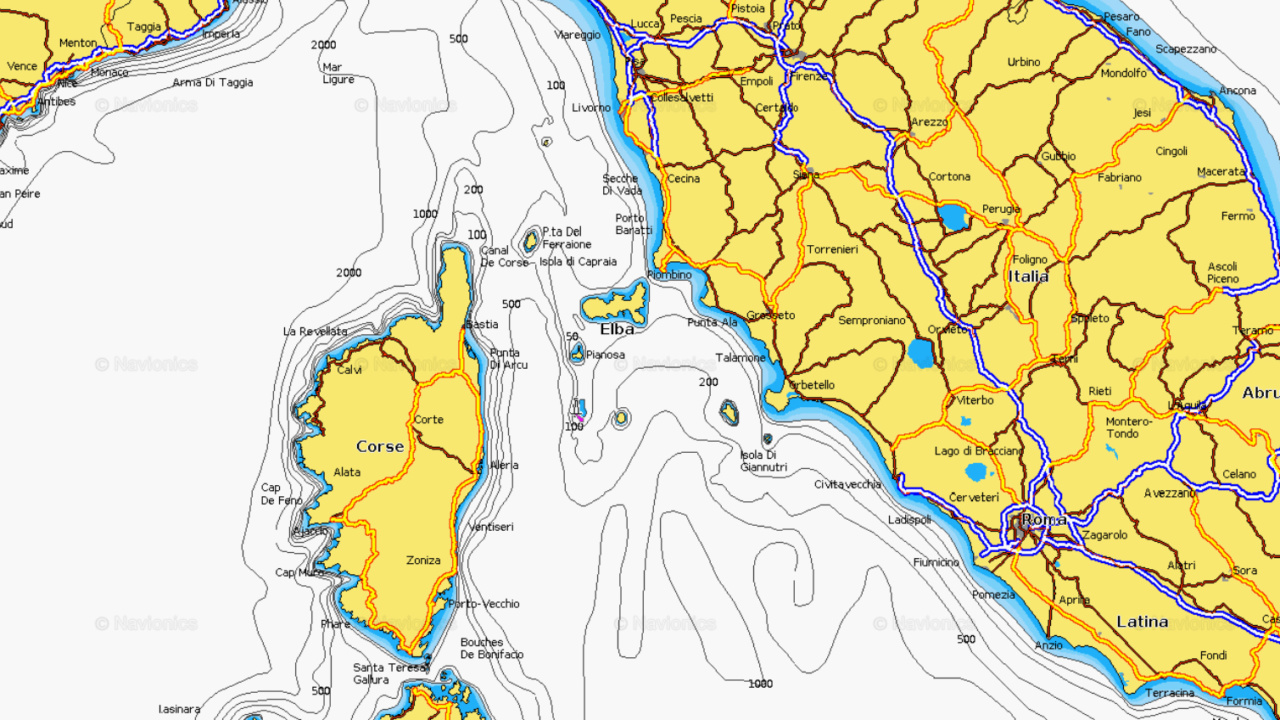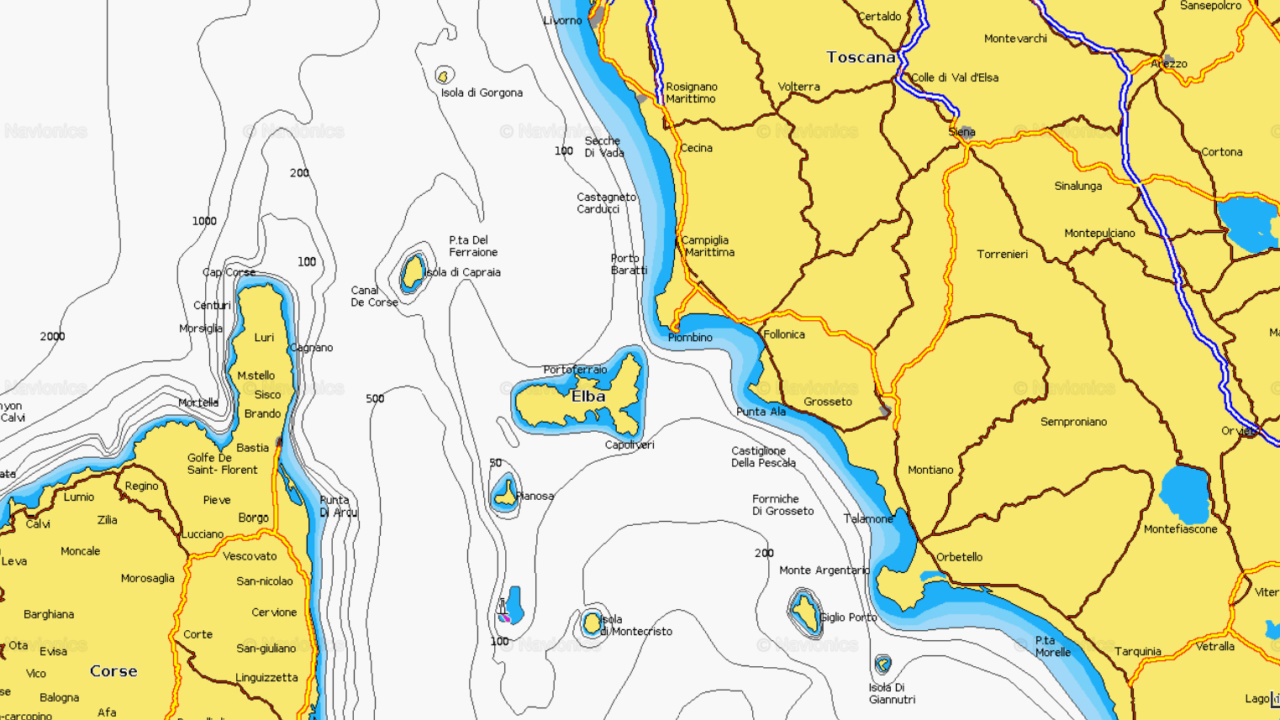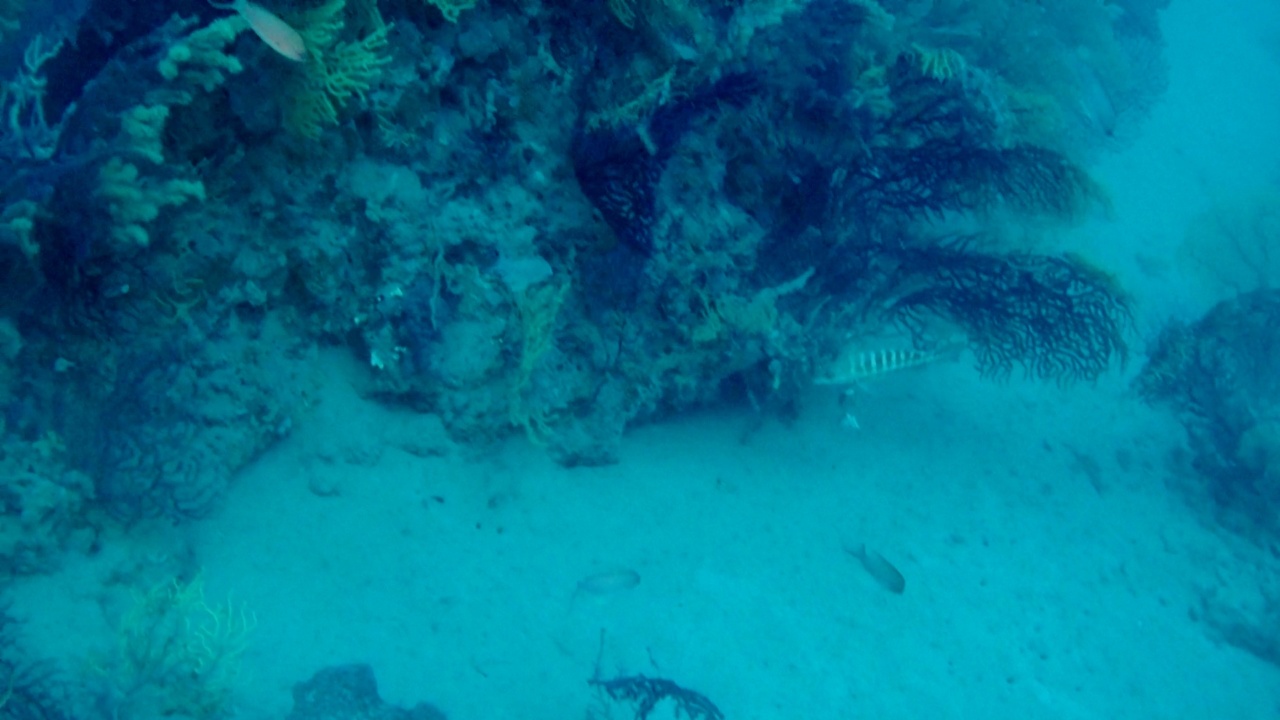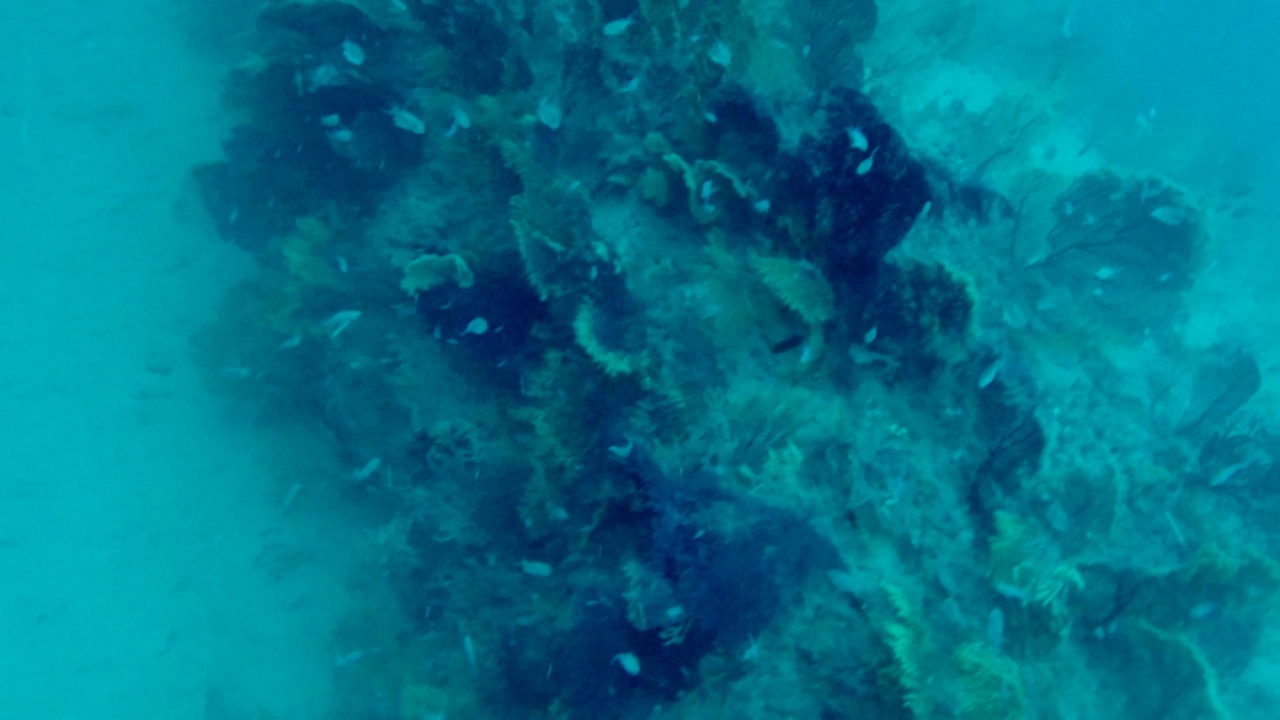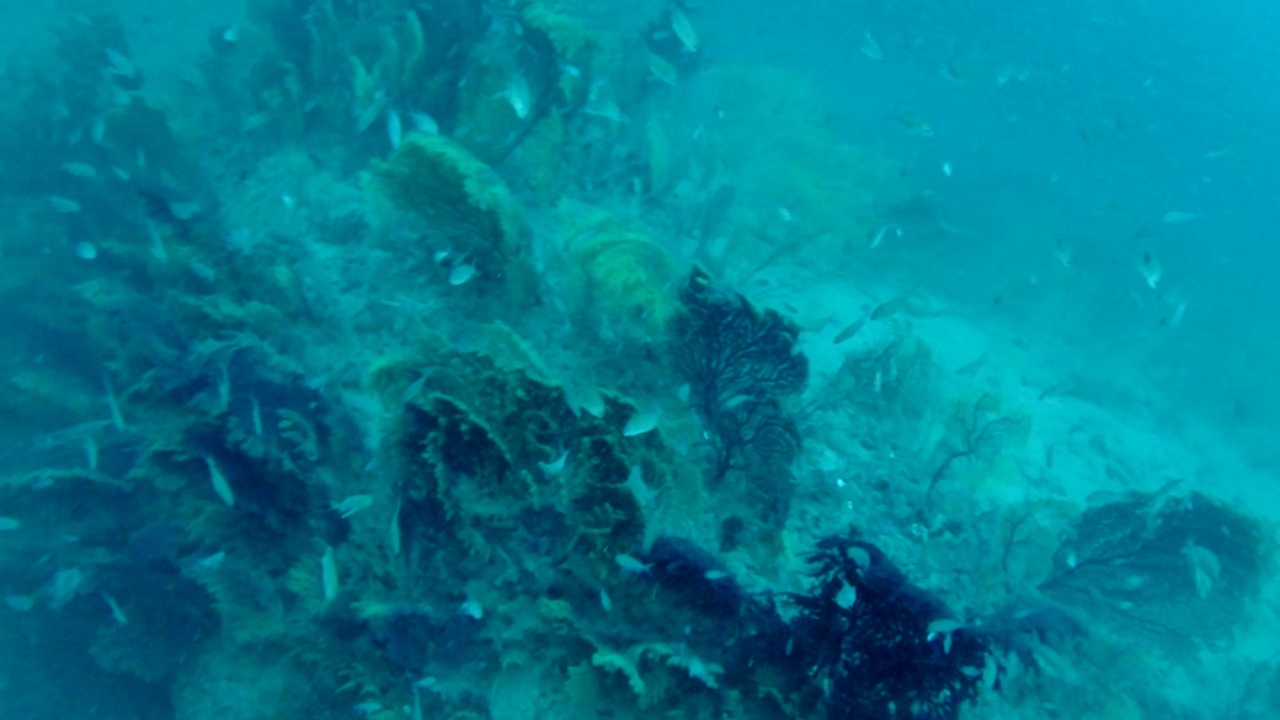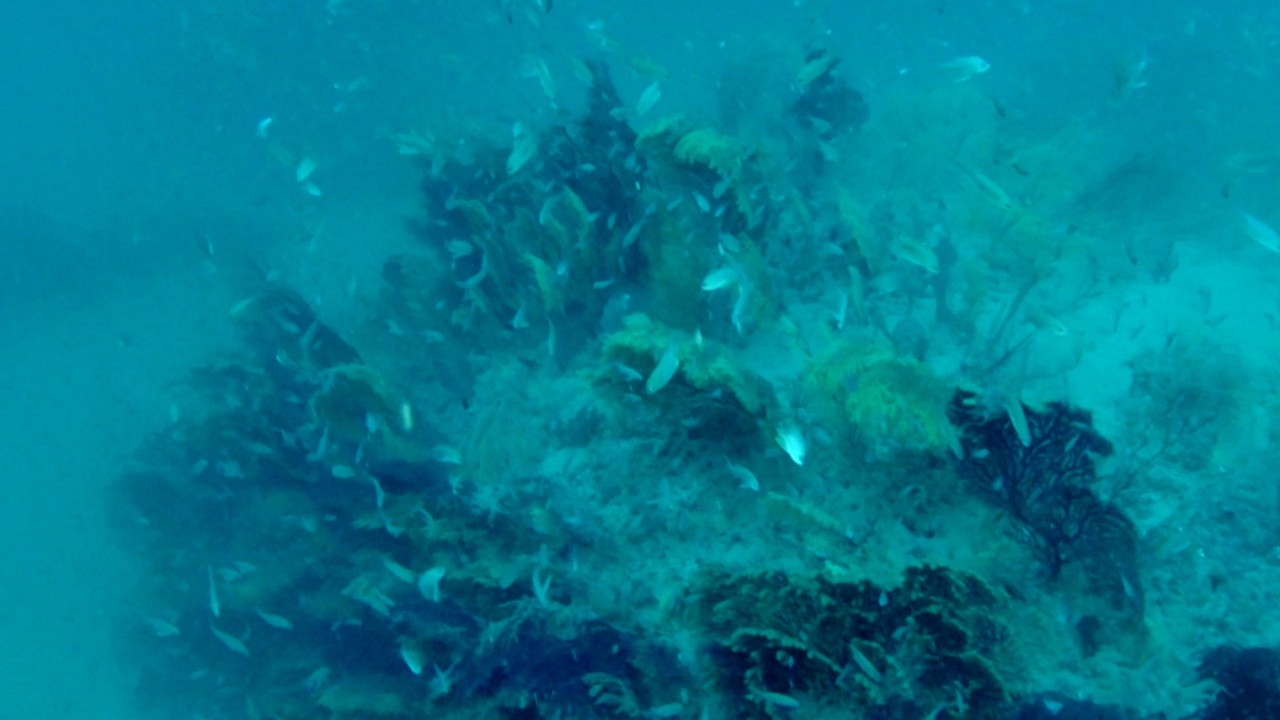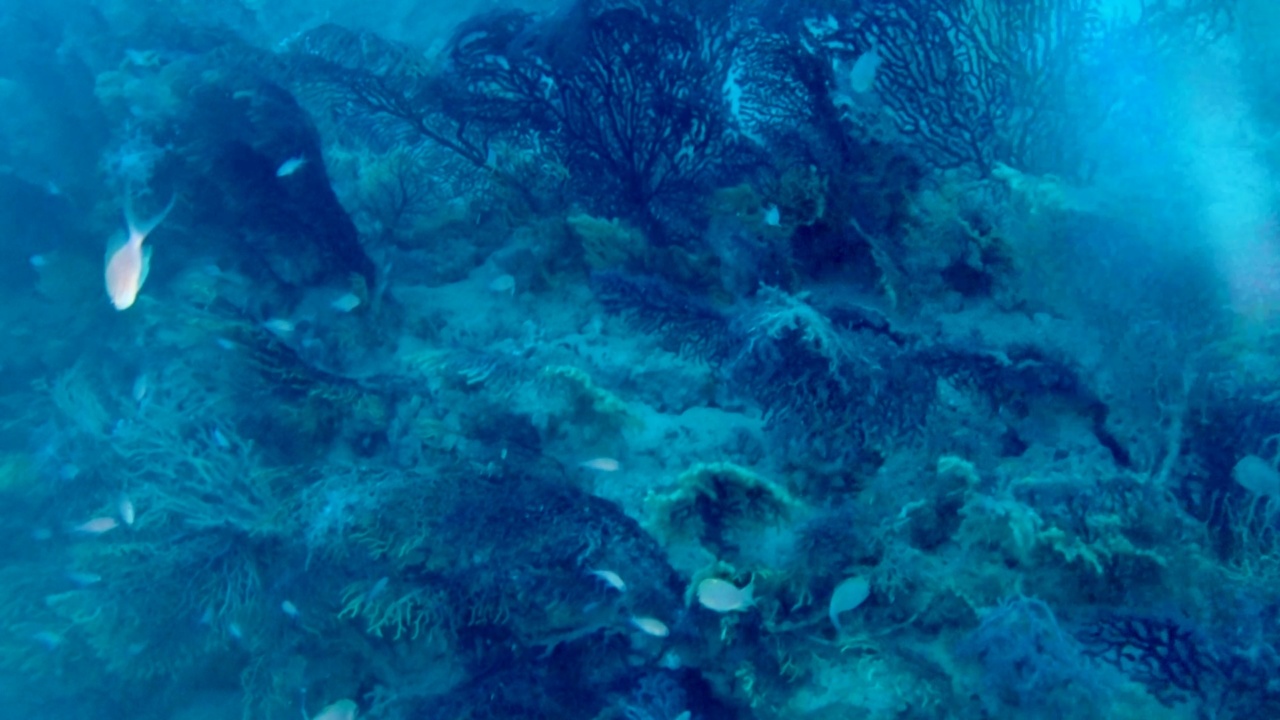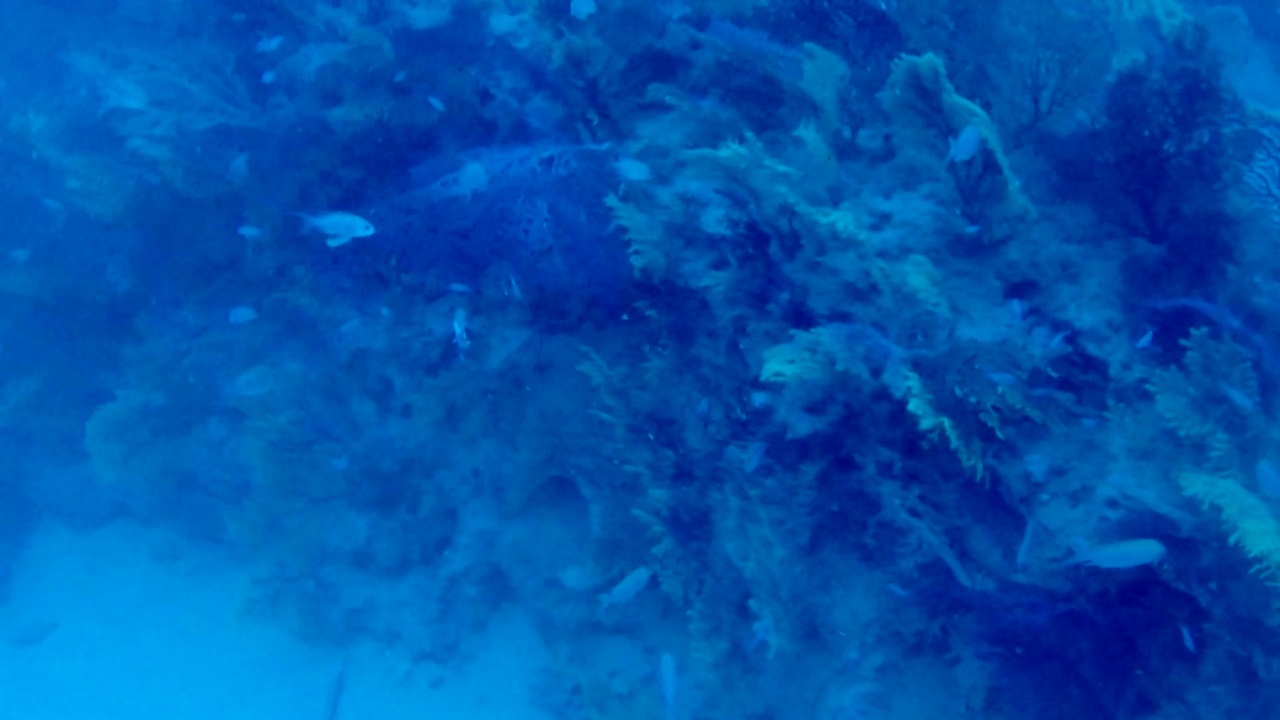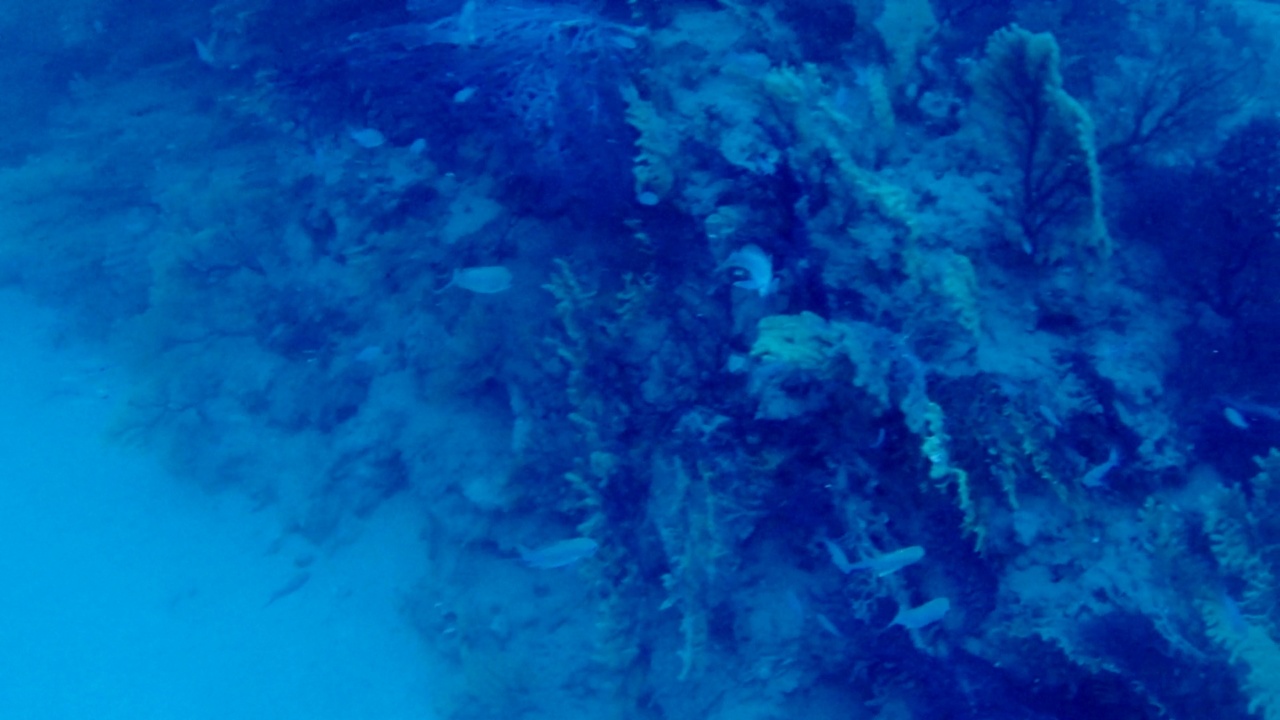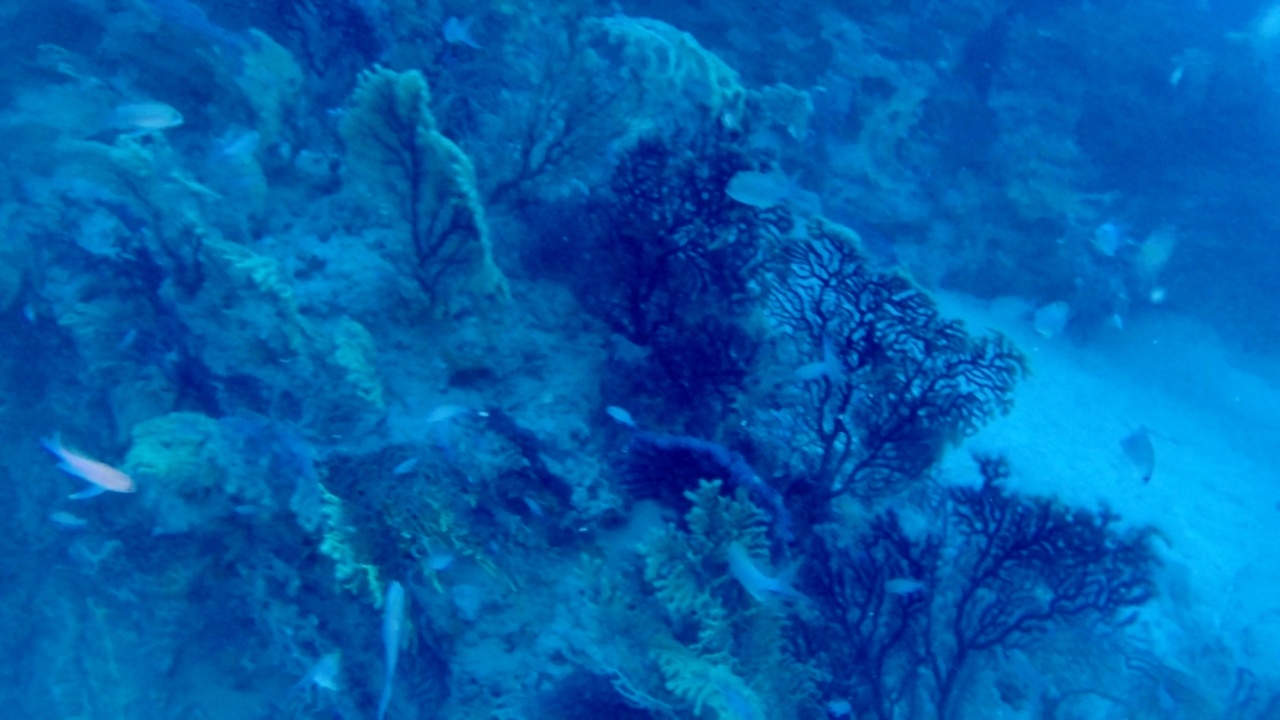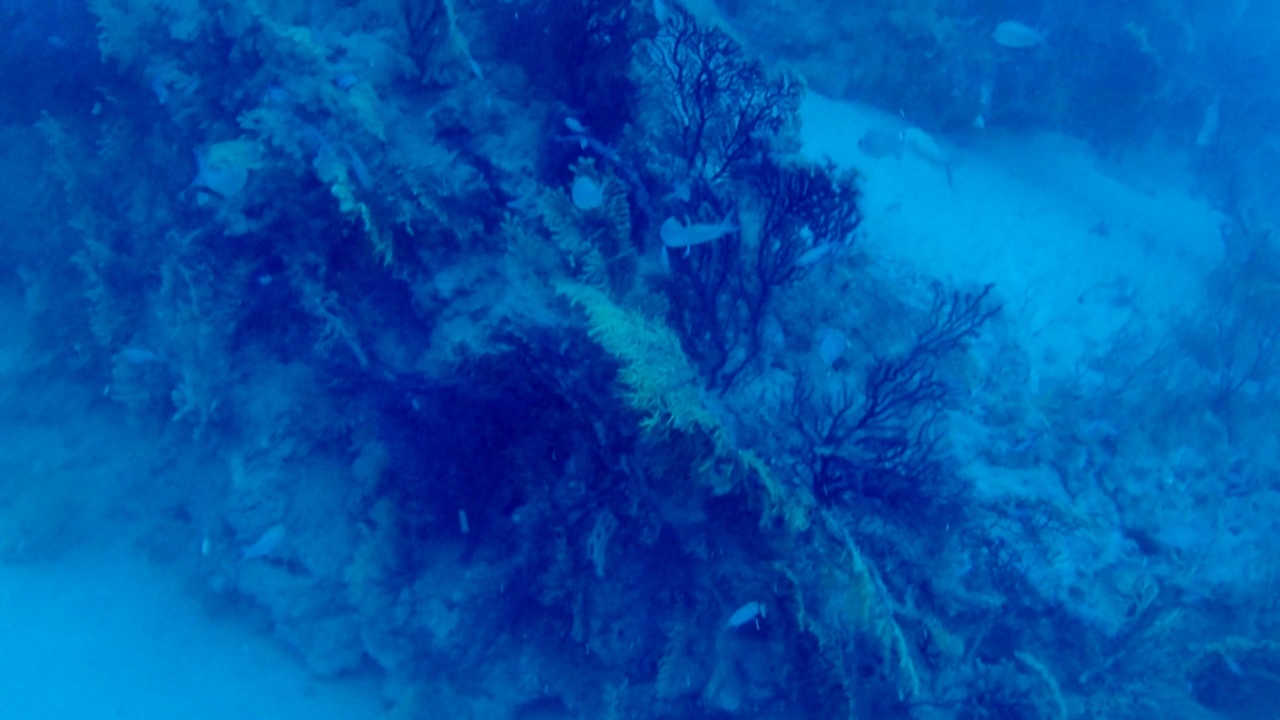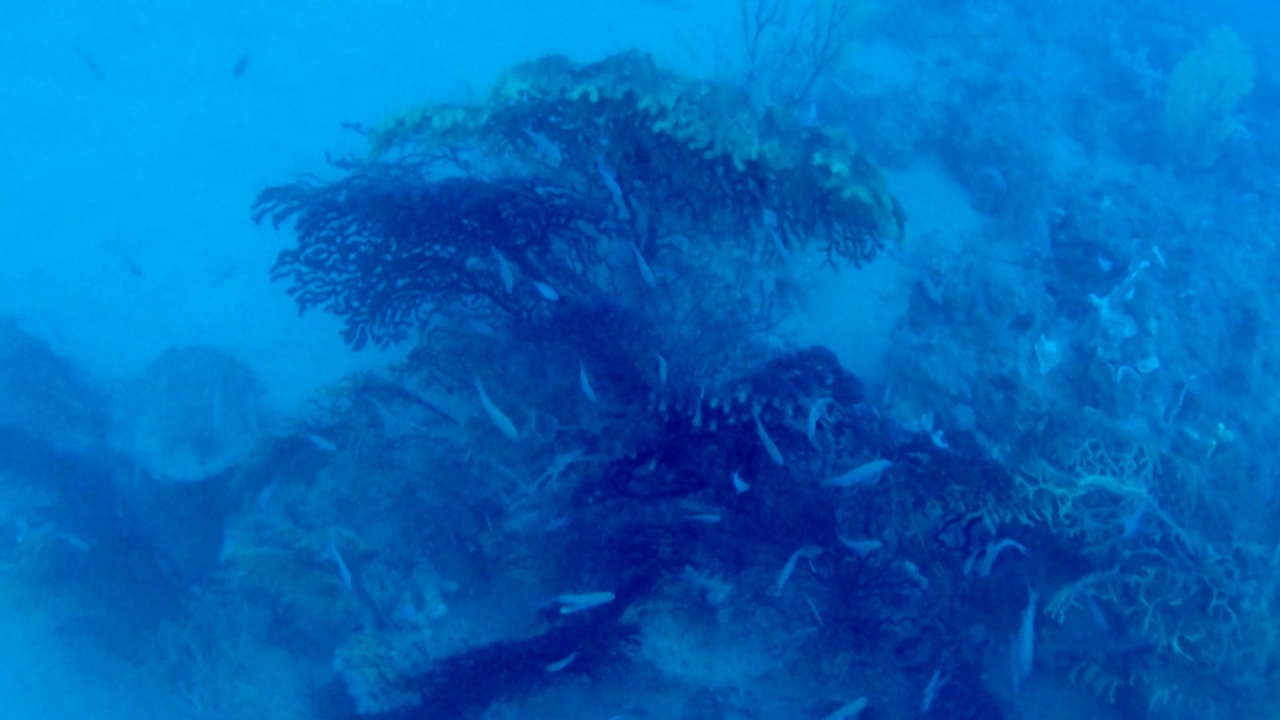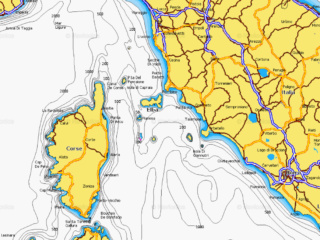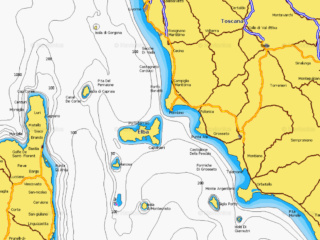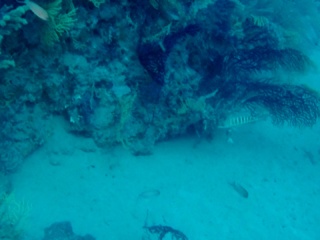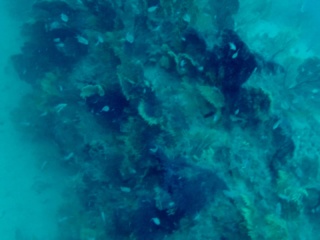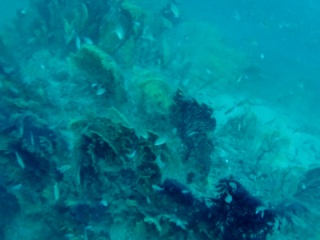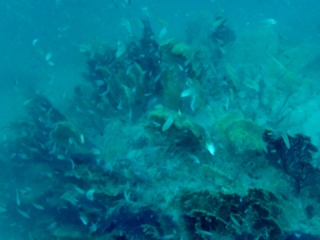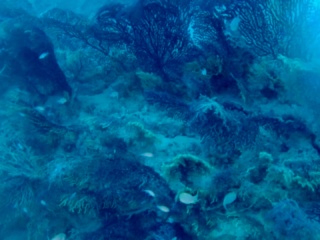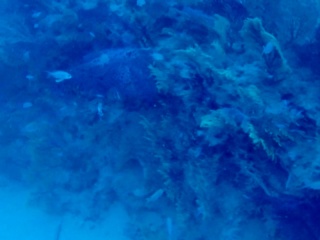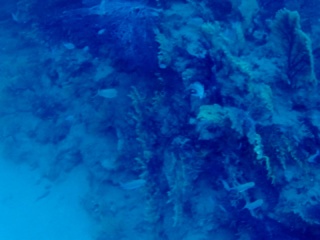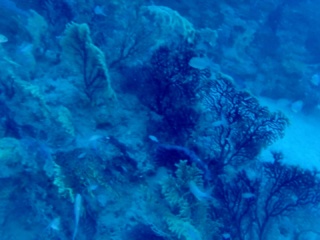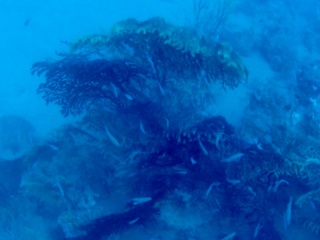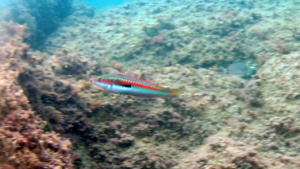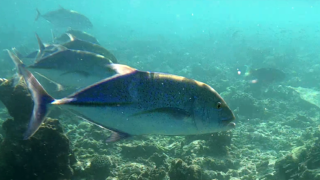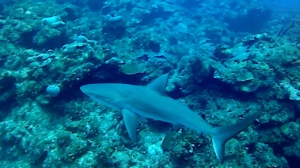This video was made during an scuba diving in the depths of the Tuscan Archipelago and shows us a beautiful and exuberant cliff full of life characterized by marine biology present in the Mediterranean Sea. Arcipelago Toscano scogliera di Savalia e Paramuricea intotheblue.it
The Tuscan Archipelago is formed by a group of seven major islands: Gorgona, Capraia, Pianosa, Giglio, Giannutri, the island of Montecristo and the island of Elba which is the largest. Moreover there are some minor islands ones, besides shallows and rocks located between the Tuscan mainland and Corsica. The archipelago is bathed by the Ligurian Sea to the north of the island of Elba and the Tyrrhenian Sea to the south of the island of Elba. The Corsican channel and the Piombino canal can be considered as connecting channels between the Ligurian Sea and the Tyrrhenian Sea, respectively to the west and east of the island of Elba.
It is the largest marine park in Europe and each island has different characteristics from the others both from an environmental and naturalistic point of view as well as cultural, historical and artistic aspects. The Islands are part of the Provinces of Livorno and Grosseto. Arcipelago Toscano scogliera di Savalia e Paramuricea intotheblue.it
Much of the Mediterranean coast enjoys a hot-summer Mediterranean climate. However, most of its southeastern coast has a hot desert climate, and much of Spain’s eastern (Mediterranean) coast has a cold semi-arid climate. Although they are rare, tropical cyclone occasionally form in the Mediterranean Sea, typically in September–November.
Because of the short residence time of waters, the Mediterranean Sea is considered a hot-spot for climate change effects. Deep water temperatures have increased by 0.12 °C (0.22 °F) between 1959 and 1989. According to climate projections, the Mediterranean Sea could become warmer. The decrease in precipitation over the region could lead to more evaporation ultimately increasing the Mediterranean Sea salinity. Because of the changes in temperature and salinity, the Mediterranean Sea may become more stratified by the end of the 21st century, with notable consequences on water circulation and biogeochemistry.
 English
English Italiano
Italiano
